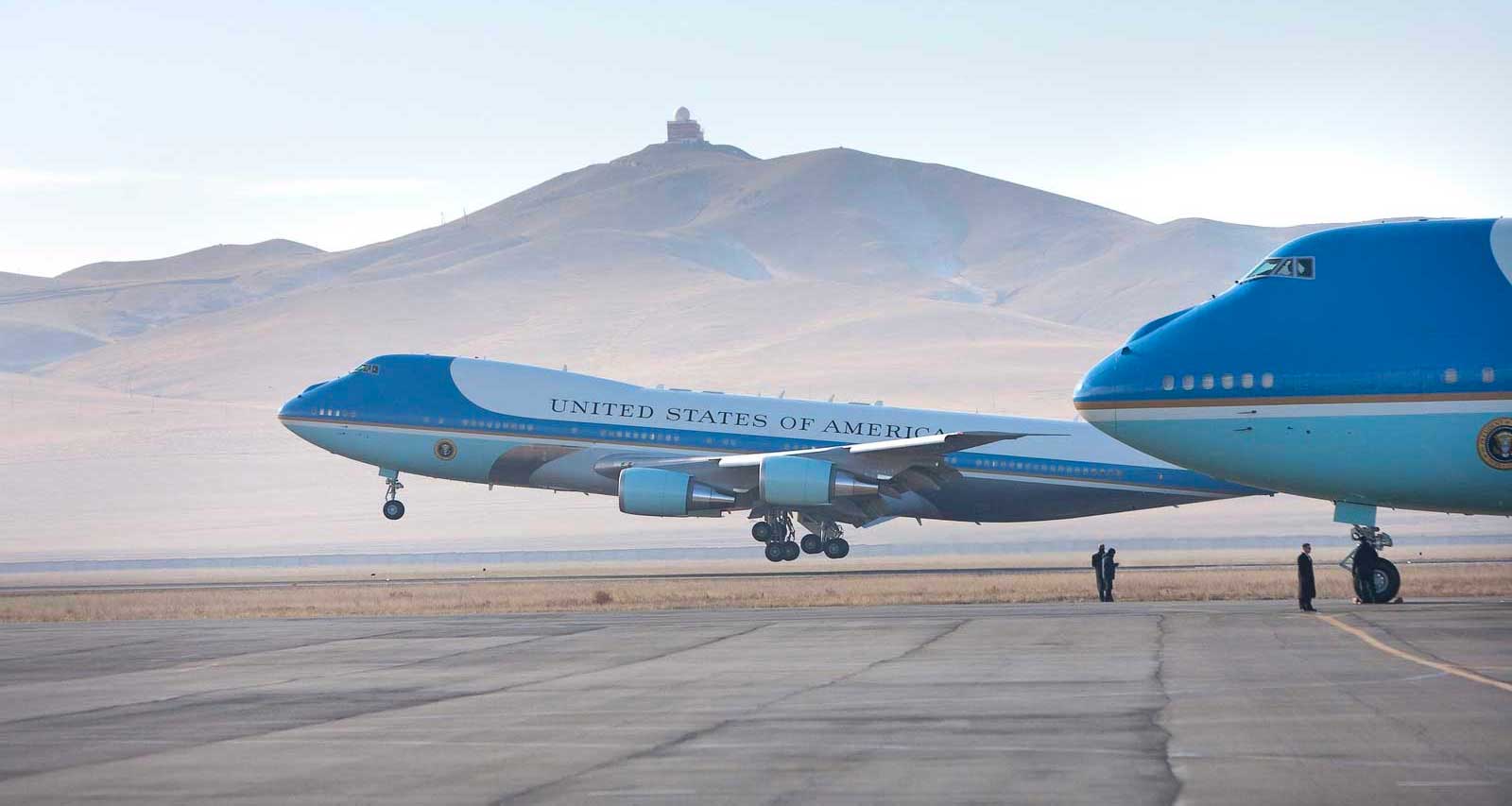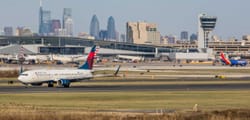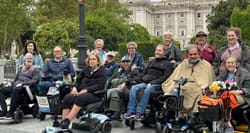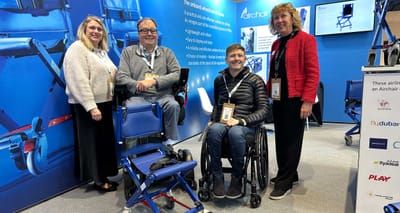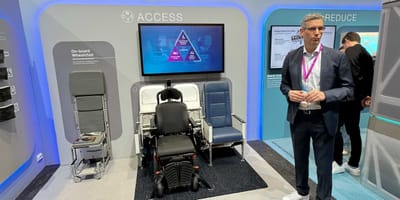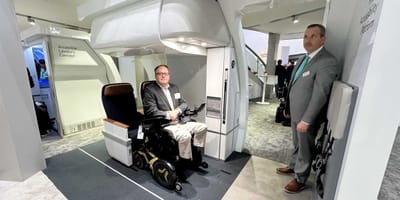America’s plane should be accessible to every American.

With a new presidential aircraft currently under construction, the federal government can do what commercial airlines won’t by adding critical accessibility features to Air Force One.
The nation’s first presidential aircraft was wheelchair accessible… in 1945!
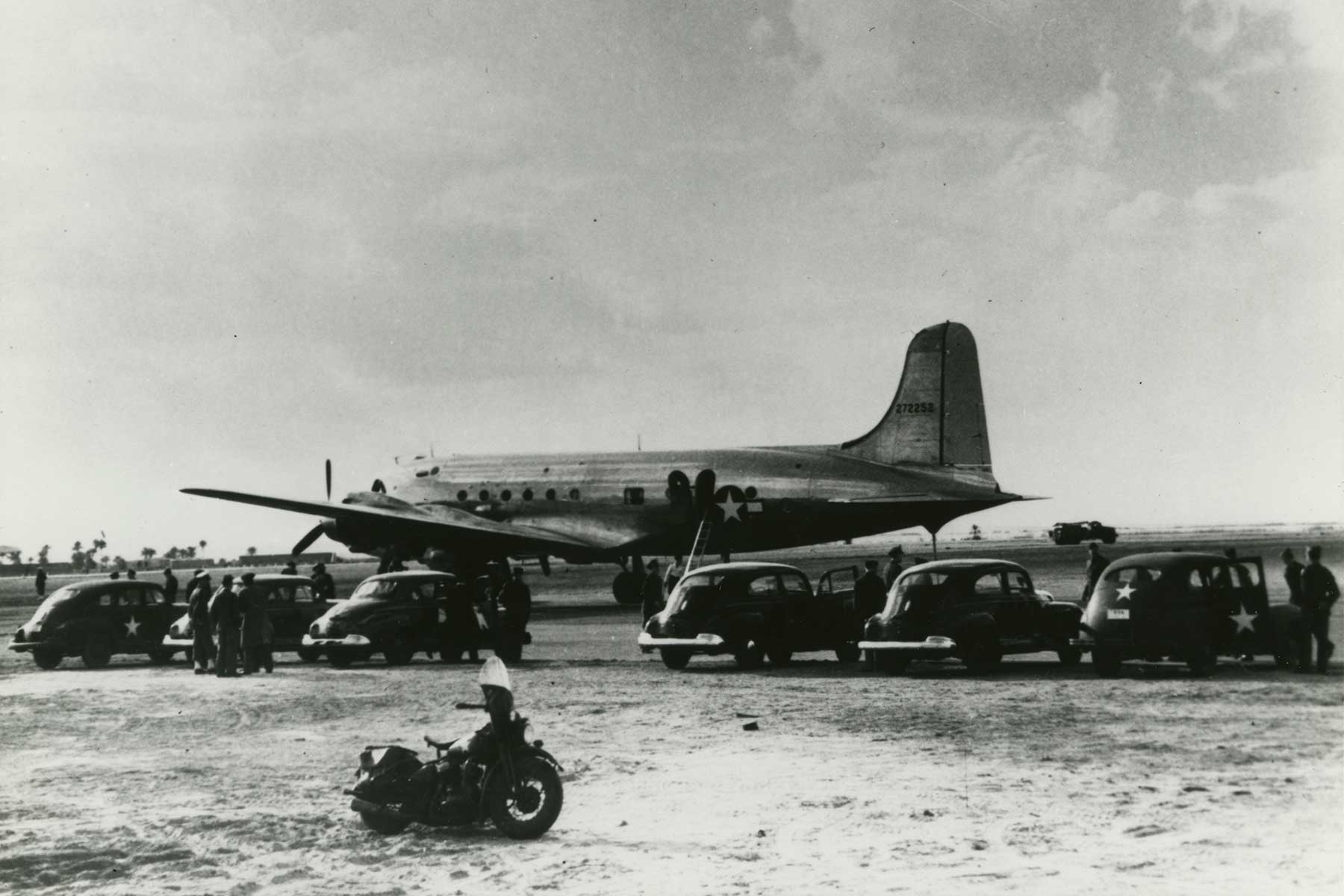
The Douglas VC-54C Skymaster was the first purpose-built aircraft designed to transport the President of the United States. Nicknamed the “Sacred Cow,” the aircraft served presidents Franklin D. Roosevelt and Harry S. Truman from 1942-1945. Its most notable trip took place in 1945, when it transported Roosevelt to Europe for the Yalta Conference, a joint meeting between allied leaders.
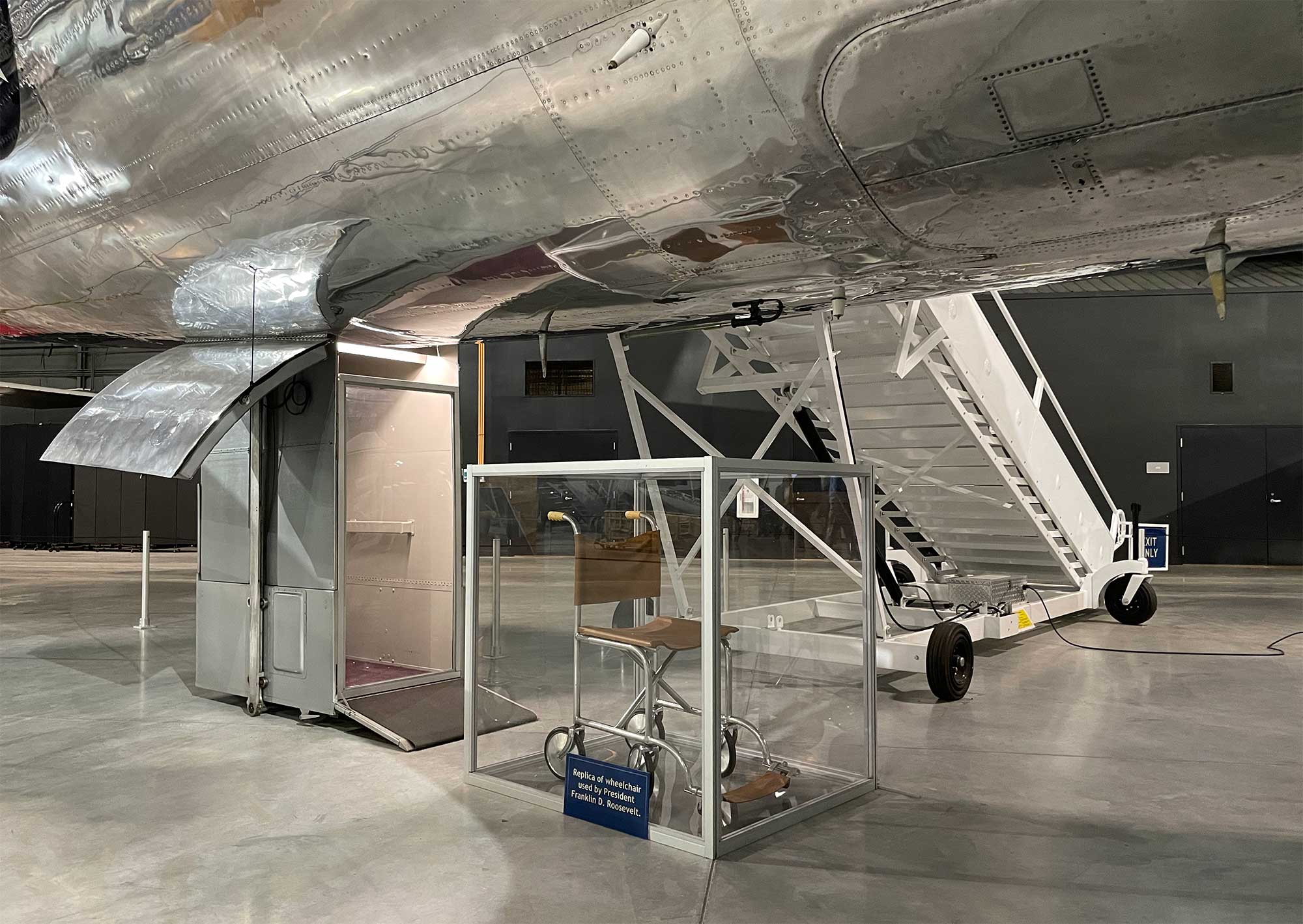

Prior to being elected president, Roosevelt became a wheelchair user after a polio diagnosis. Although his disability remained hidden from the public, accessibility became a key consideration in planning the first presidential aircraft. According to the National Museum of the United States Air Force, “a battery-powered elevator was installed at the rear of the aircraft which allowed President Roosevelt to board the aircraft easily while in his wheelchair.” Roosevelt used a narrow wheelchair during flight to access his seat, a conference room, sleeping area, and a private lavatory onboard the aircraft.
The next-generation Air Force One should also be wheelchair accessible
According to the CDC, up to 1-in-4 Americans have one or more forms of disability, and more than 1-in-10 have serious difficulty walking or climbing stairs.
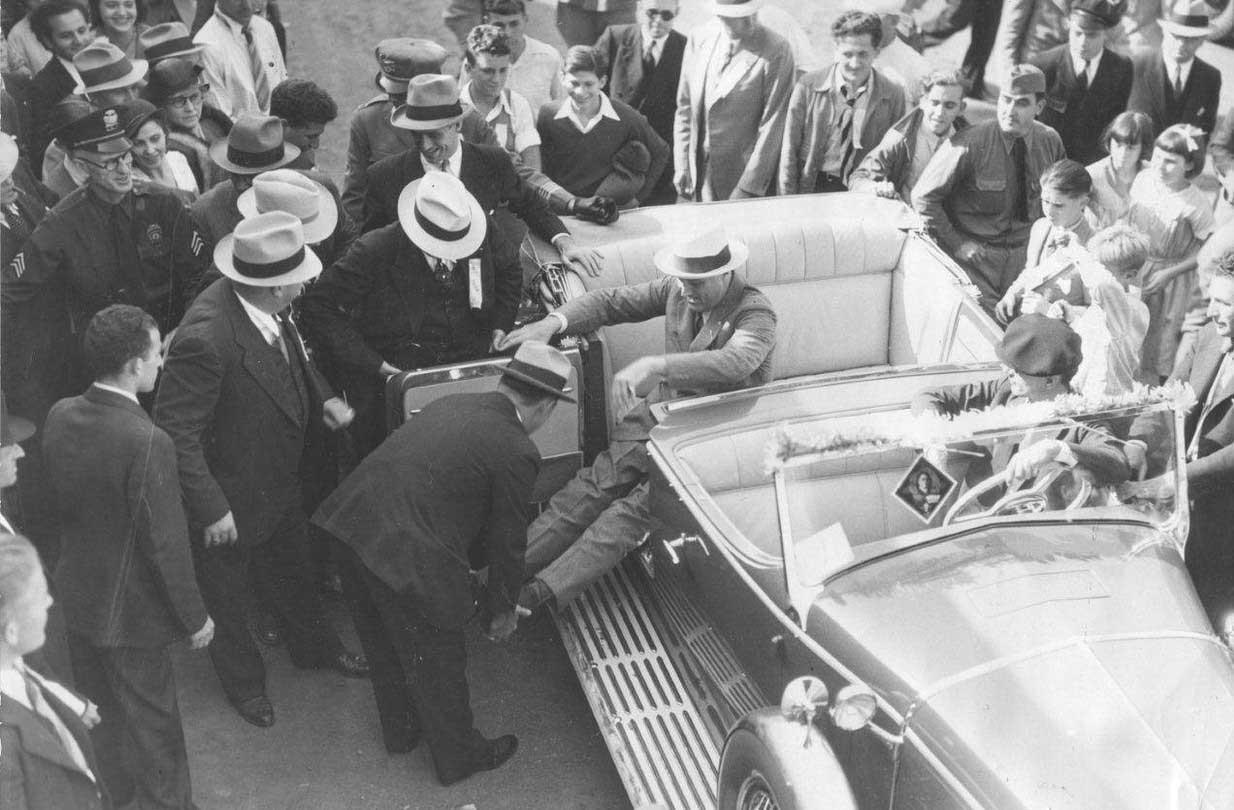
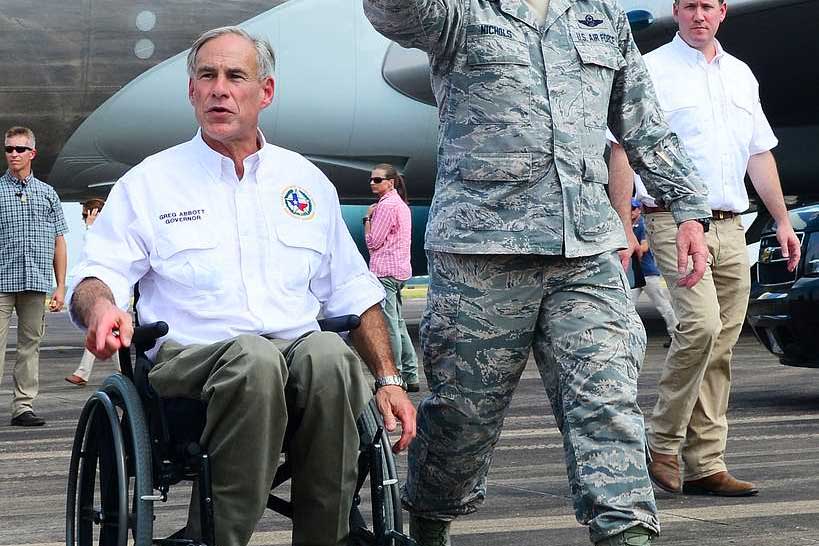

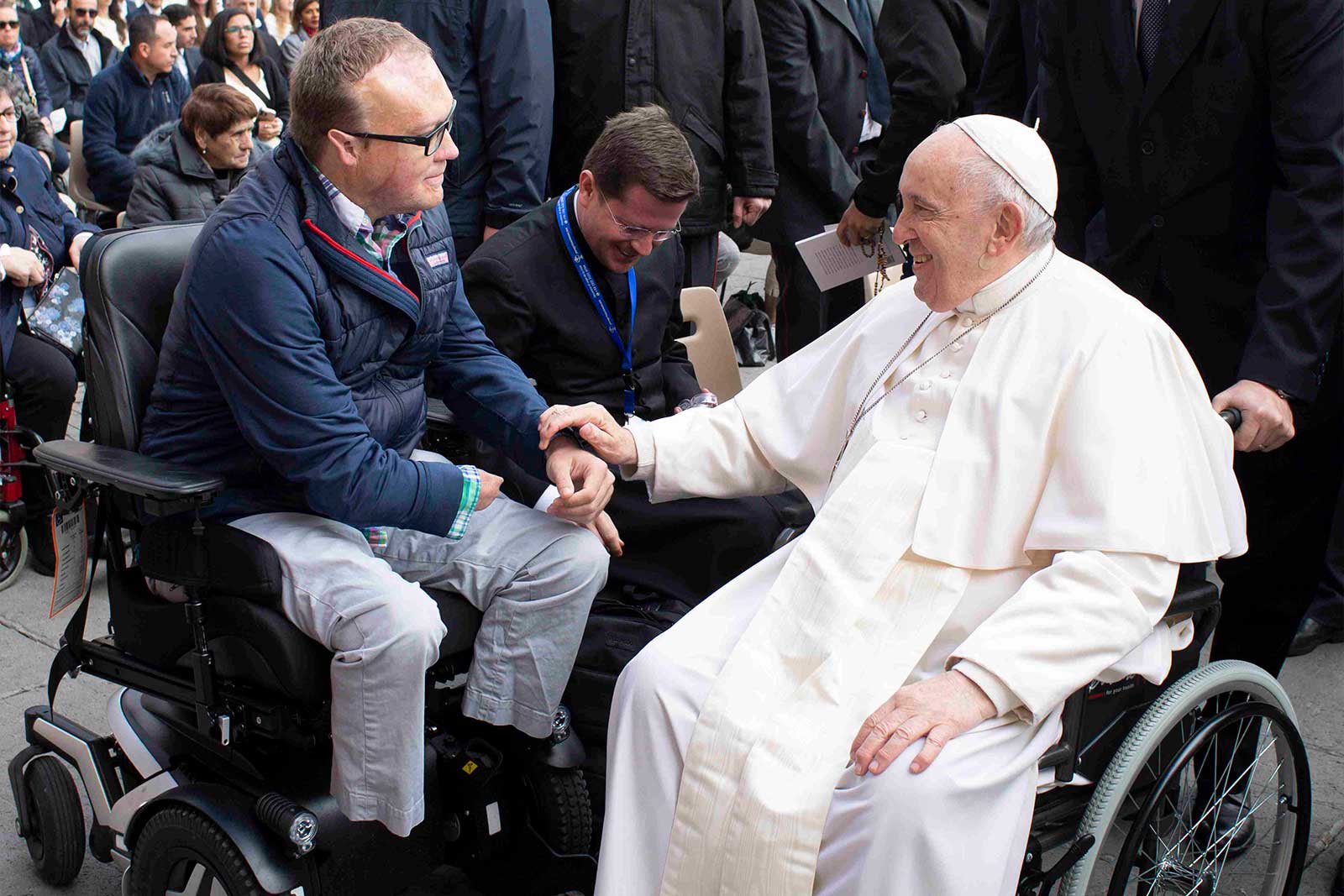
As disabled people gain a greater share of representation in politics, media and the public sphere, Air Force One should be accessible — capable of transporting wheelchair users safely and with dignity, whether they be civilians, journalists, staff members, congressional representatives, senators, governors, world leaders, or even the President of the United States.
Air Force One should be universally designed to meet everyone’s needs

Achieving equal access requires consideration of everyone’s needs, which extend far beyond wheelchair accessibility. By adopting the principles of universal design, the United States can send an important message — that every person must be accounted for and included.
- Mobility — Wheelchair securement space, accessible path of travel, ADA-compliant bathroom facilities
- Hearing — Hearing loops, captioning, visual displays
- Vision — Tactile markers, braille, audio announcements
- Developmental & Sensory — Sensory-friendly spaces
This is a once-in-a-generation opportunity to make Air Force One accessible — it’s possible and it must be done!
The next-gen Air Force One is being constructed on the Boeing 747-8 platform, and it will be the most customized aircraft in the world. Achieving equal access for disabled people is an obvious imperative, and the arguments commercial airlines use to stall accessibility improvements don’t apply.
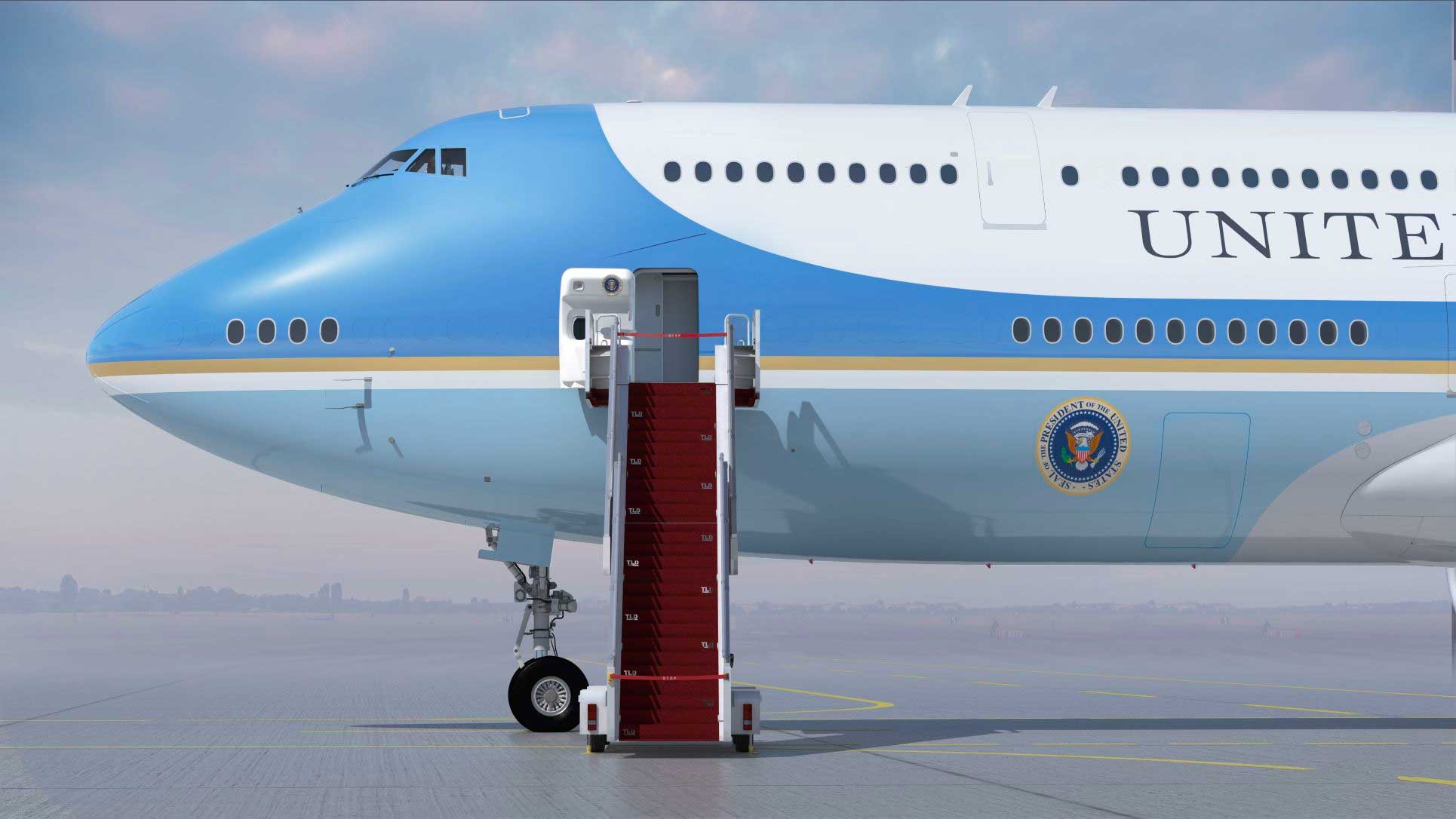
The Boeing 747-8 is significantly larger than its predecessor
Compared to the Boeing 747-200B currently in use, the 747-8 is 18 feet, 4 inches longer, resulting in a larger passenger cabin — with well over 4,000 square feet of floor space, the VC-25B aircraft can easily accommodate critical accessibility features.
There are no technological or engineering barriers to achieving equal access
The technology already exists to make airplanes accessible to wheelchair users and other passengers with disabilities. Wheelchairs can be secured using universal tie-downs — the same used in personal vehicles, adapted taxis and on city buses.
Air Force One isn’t a profit-driven enterprise.
Commercial airlines resist accessibility improvements for fear of potential lost revenue, but that concern isn’t relevant on Air Force One and, with seating systems like Air4All, may no longer be a valid concern for passenger airlines either.
The U.S. Government Should Set the Example for Industry, Commercial Airlines and the World
Recent comments from Department of Transportation Secretary Pete Buttigieg demonstrate a commitment to exploring the addition of a wheelchair securement space on commercial airliners, but that same commitment should extend to Air Force One and other aircraft utilized by the federal government.
No other form of transportation — trains, buses, boats — forces you to give up your mobility device when you board,” Buttigieg said. “The same ought to be true of airlines.
— Pete Buttigieg, Secretary, USDOT
Including a wheelchair space on Air Force One would demonstrate that all Americans are called to serve their country, including and especially those with disabilities, who are significantly underrepresented in elected office.
As life expectancy increases and government leaders grow older, many will age into disability. Making Air Force One accessible to all is key to ensuring that every American can serve his or her country.
— John Morris, Founder, WheelchairTravel.org
The United States of America should set an example, not only for airlines, but for nations around the world — that working to provide equal access everywhere is non-negotiable and a priority.
It would be appropriate and correct for any government to lead by example with its aspirations. Accessibility in air travel has for too long been missing from any airline priority list, traveling by air in their own chair is that Holy Grail for disabled travellers. Air4All has now broken that barrier; Air Force One to install this would show the world it strikes for a more inclusive world, even in the air.
— Christopher Wood MBE, Air4All, Flying Disabled, Rights on Flights
With the 2023 introduction of the innovative Air4All wheelchair securement space for airplanes, marketed and developed in partnership with Delta Flight Products, a potential solution already exists — and Air Force One could be the launch customer! The United States of America should immediately take steps to acquire wheelchair securement spaces and additional accessibility features for Air Force One, defining it as a military acquisition of “urgent need” given the aircraft’s short delivery timeline.
Help this advocacy campaign take flight!
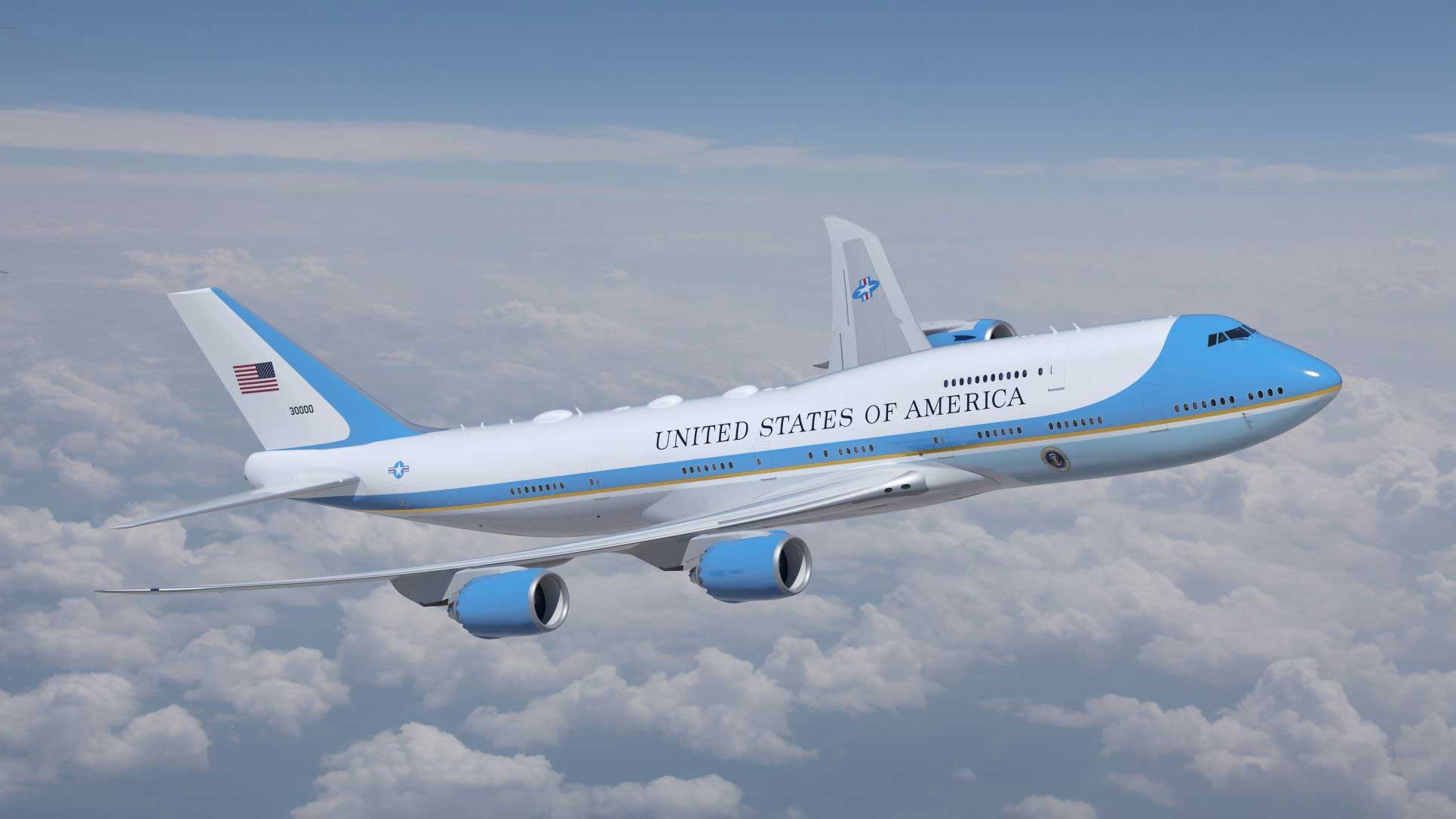
With your support, Air Force One will become an example of inclusive aircraft design — here are three ways you can support the advocacy effort.
Contact your representatives
Write a personal message to your elected representatives, informing them of the need to make Air Force One accessible to every American.
To send an email to President Joe Biden or Vice President Kamala Harris, use The White House contact form. Send your appeal to them both!
Don’t stop there — write to your Senators and Congressperson. To look-up your representatives, use the Find and contact elected officials tool on USA.gov.
Send a message to the United States Air Force via their Air Force Contact Form.
Ask Secretary Pete Buttigieg to take this idea to the President by sending a letter to this address:
U.S. Department of Transportation
Attention: Secretary Pete Buttigieg
1200 New Jersey Ave, SE
Washington, DC 20590
Share this link on social media
Help us reach advocates around the country, starting with your friends and family.
By sharing this link with your friends using the hashtag #AirForceOne4All, you can amplify this campaign and ensure that it will reach key decision makers and those who can make a difference.
In addition to sending formal communication to elected officials, you can also connect with them via social media. Here are some X, formerly known as Twitter, accounts to tag:
@POTUS, @JoeBiden, @VP, @KamalaHarris, @SecretaryPete, @USDOT, @USAirForce, @GenCQBrownJr, @Boeing
Sign-up for updates
Subscribe to the Wheelchair Travel Newsletter for updates as we increase the throttle on this advocacy campaign. You’ll receive important information and additional ways to get involved in advocating for a wheelchair space on Air Force One and other aircraft types.

